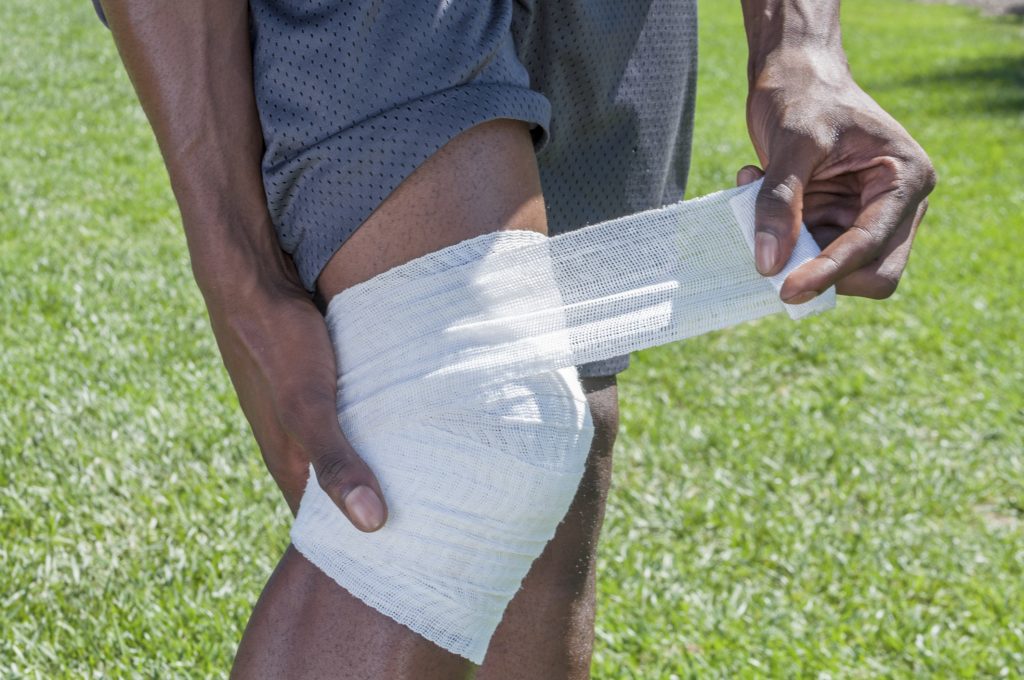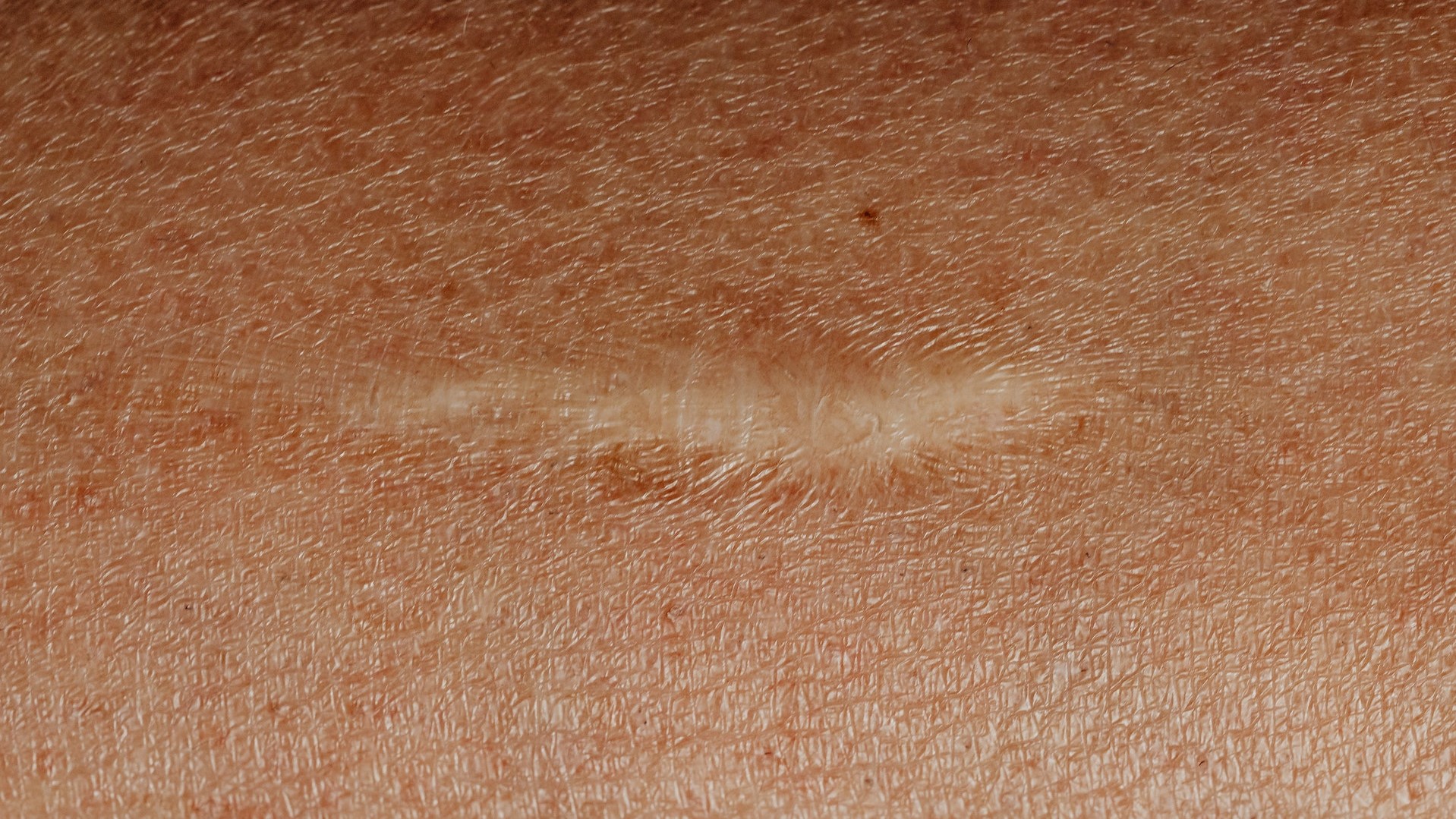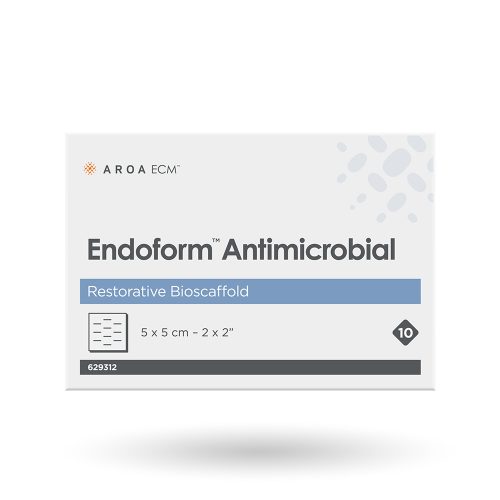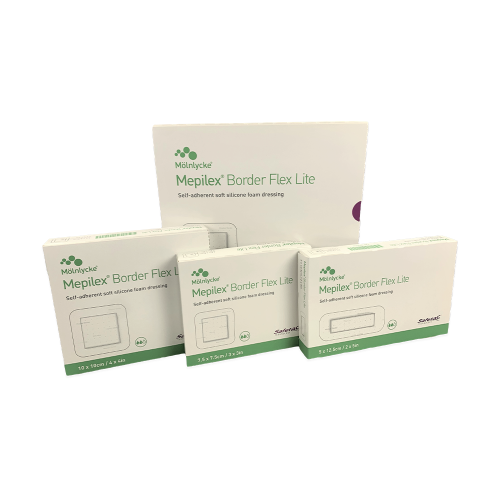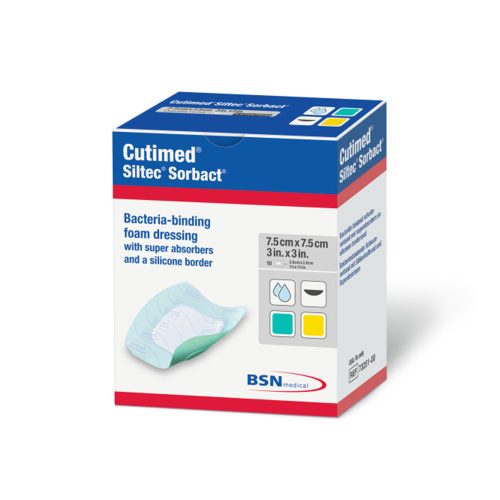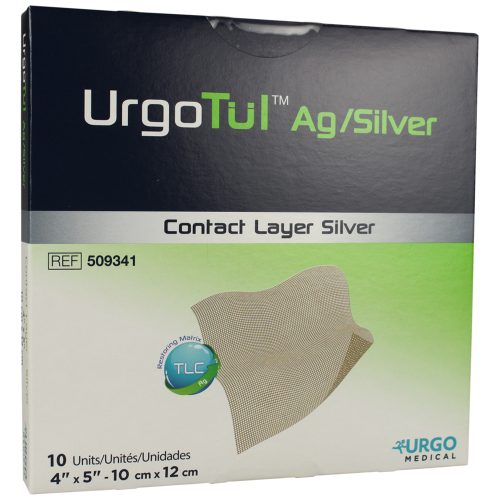A compression bandage, sometimes referred to as a Tensor bandage, is an elastic strip or tube of cloth which applies light pressure to the area where it is wrapped or pulled on. This action, in turn, assists with reducing swelling and fluid accumulation, which can help with healing and pain relief.
When to Use Compression Bandages
Compression bandages are a common first-aid item. They’re generally used for:
- Applying pressure to the site of an injury or area experiencing swelling. For minor injuries, the bandage should only be used for a few days.
- Assisting with long-term pain management.
- Helping manage blood circulation issues.
- RICE therapy (Rest, Ice, Compression and Elevation) following a sprain, usually resulting from athletic activity.
Injuries Benefitting from a Compression Bandage
Compression bandages help with treating:
- Sprains, particularly to the ankle or wrist
- Areas with swelling, such as a swollen limb
- Muscle strains
- Bruises and contusions
- Varicose veins
How to Apply a Compression Bandage
In general, wider bandages apply a greater degree of compression. A three- or four-inch bandage is recommended for adults, and a two-inch or smaller bandage is ideal for children.
The bandage should be applied and used within the first 48 hours after an injury occurs and be combined with elevation and rest.
What Not to Do When Using a Compression Bandage
To effectively facilitate healing:
- Despite the RICE acronym, never apply ice and compression simultaneously, as you risk developing frostbite.
- Make sure blood flow isn’t completely cut off to the area, which can happen when the bandage is applied too tightly. Your toes or fingers will feel numb or appear blue or purple if circulation is being cut off.
- Understand that compression bandages don’t prevent reinjury and shouldn’t be used in such a manner, especially by athletes.
- Avoid wearing the bandage as you sleep.
- Realize that the bandage by itself doesn’t provide support. Especially if you’re dealing with a sprain or strain, you may need a brace in addition to the bandage.
Sources:
https://www.healthline.com/health/compression-wrapping
https://www.verywellhealth.com/elastic-bandages-1298333
https://myhealth.alberta.ca/Health/aftercareinformation/pages/conditions.aspx?hwid=abr6087
